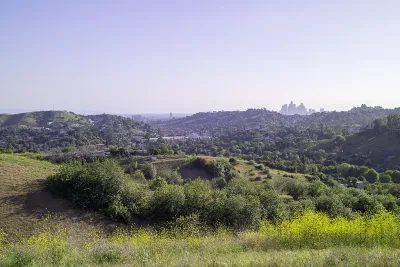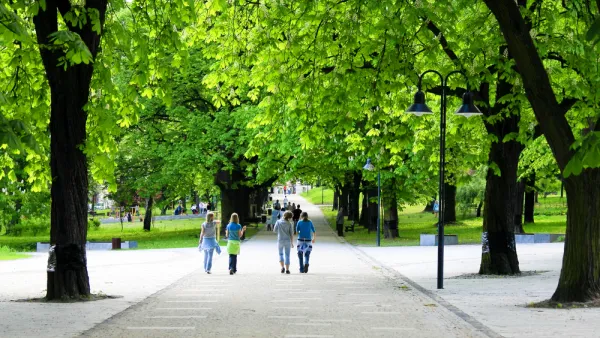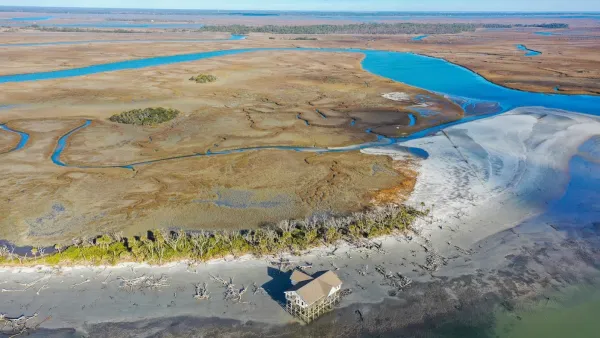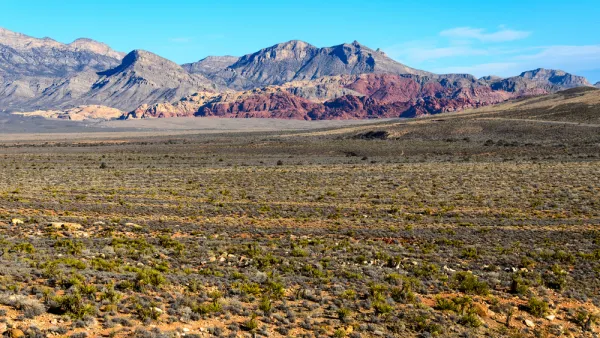Community-led efforts are crucial in protecting the unique biodiversity of Elephant Hill in Northeast LA, with a focus on preserving the threatened Southern California black walnut tree and ensuring public access to this vital green space.

Elephant Hill, one of the largest remaining open spaces in Northeast LA, is a vital habitat that has become the focus of a community-driven conservation effort. In 2023, the Natural History Museum of LA County co-hosted the first Elephant Hill Community Nature Celebration and Habitat Survey with local groups like Save Elephant Hill and the North East LA Black Walnut Day Coalition. This event highlighted the area's ecological significance, with participants documenting species like the Southern California black walnut, a threatened tree native to the region.
The fight to protect Elephant Hill is ongoing and complex, involving legal battles, grant applications, and navigating the challenges of land ownership. The hill's 110 acres are partly public land, while the rest is subdivided into small lots with more than 300 individual owners. Despite these challenges, local groups are dedicated to preserving the space, using community science to document and protect its unique biodiversity. Their efforts emphasize the importance of public access to green spaces and the role of residents in land use decisions.
The Southern California black walnut tree, a resilient yet threatened species, has become a symbol of the community’s efforts to protect Elephant Hill. Organizations like Coyotl + Macehualli have utilized platforms like iNaturalist to track and raise awareness of the tree's presence, countering development pressures that threaten the habitat. These efforts underscore the importance of community-led conservation in defending not just the land but also the cultural and ecological heritage of the area.
As climate change and urban development continue to pose threats, the community's role in protecting Elephant Hill grows increasingly crucial. Through events, education, and outreach, residents are forging strong partnerships with institutions like NHM to ensure that Elephant Hill remains a sanctuary for wildlife and a source of inspiration for future conservation efforts. The collaboration between these groups highlights the power of relationships and the need for a comprehensive, community-driven approach to conservation.
FULL STORY: Community Conservation at Elephant Hill

National Parks Layoffs Will Cause Communities to Lose Billions
Thousands of essential park workers were laid off this week, just before the busy spring break season.

Retro-silient?: America’s First “Eco-burb,” The Woodlands Turns 50
A master-planned community north of Houston offers lessons on green infrastructure and resilient design, but falls short of its founder’s lofty affordability and walkability goals.

Delivering for America Plan Will Downgrade Mail Service in at Least 49.5 Percent of Zip Codes
Republican and Democrat lawmakers criticize the plan for its disproportionate negative impact on rural communities.

Test News Post 1
This is a summary

Test News Headline 46
Test for the image on the front page.

Balancing Bombs and Butterflies: How the National Guard Protects a Rare Species
The National Guard at Fort Indiantown Gap uses GIS technology and land management strategies to balance military training with conservation efforts, ensuring the survival of the rare eastern regal fritillary butterfly.
Urban Design for Planners 1: Software Tools
This six-course series explores essential urban design concepts using open source software and equips planners with the tools they need to participate fully in the urban design process.
Planning for Universal Design
Learn the tools for implementing Universal Design in planning regulations.
EMC Planning Group, Inc.
Planetizen
Planetizen
Mpact (formerly Rail~Volution)
Great Falls Development Authority, Inc.
HUDs Office of Policy Development and Research
NYU Wagner Graduate School of Public Service





























